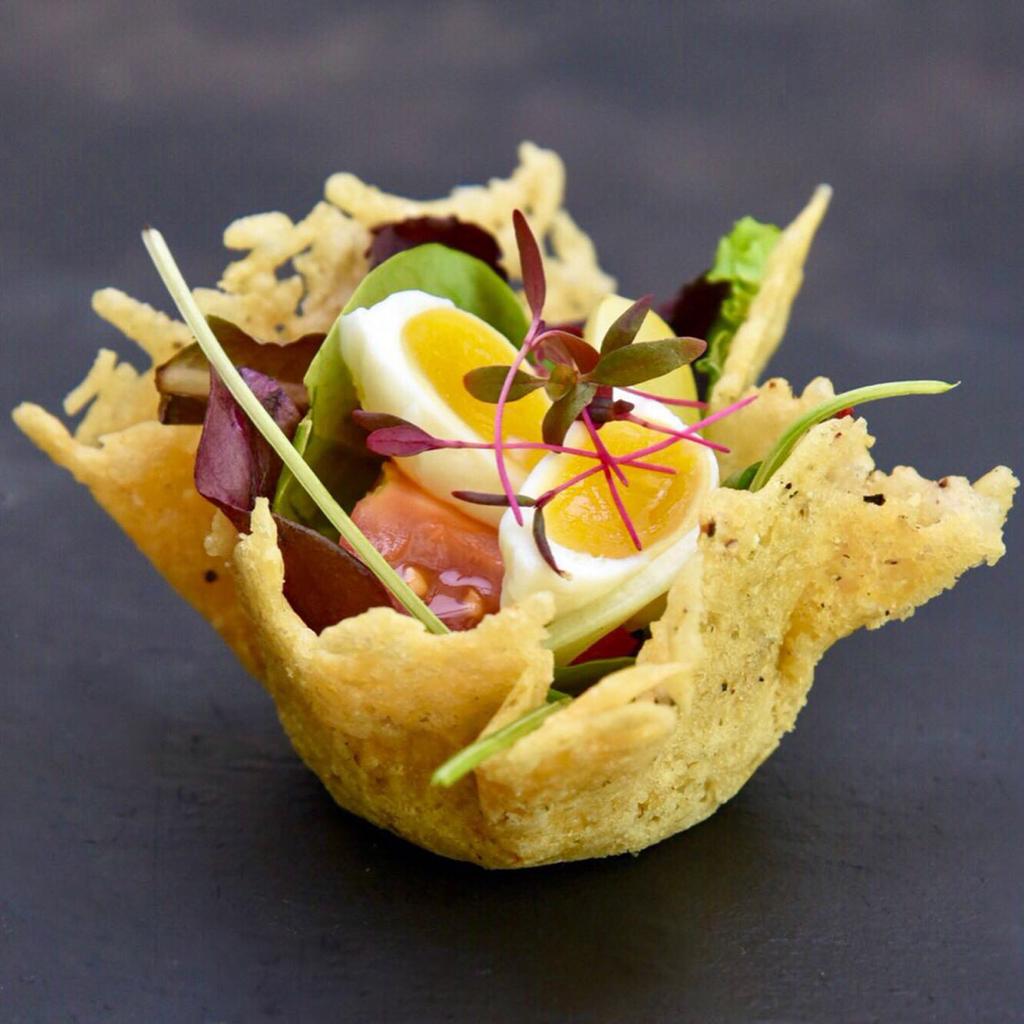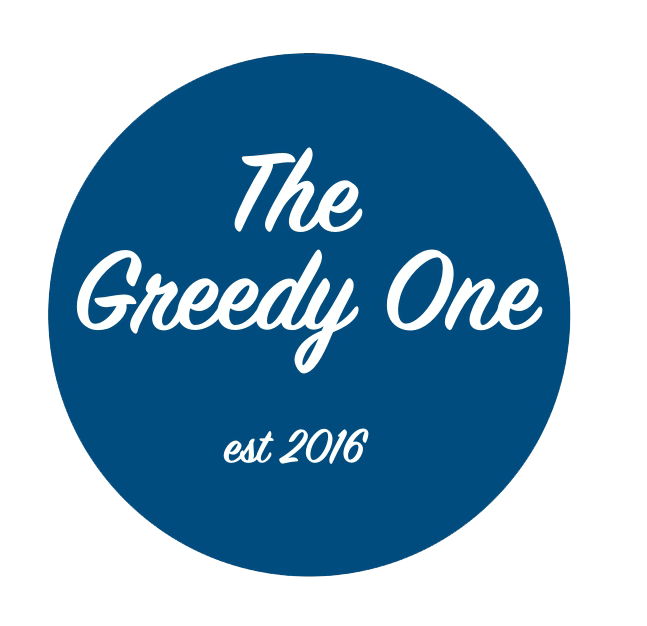
Did you know that Parmigiano–Reggiano is naturally low in fat, free of carbs, and lactose-free, it has plenty of health benefits. “Parmesan cheese is a good source of protein and fat. It’s rich in vitamins and minerals like calcium, vitamin A, vitamins B6 and B12, phosphorus, zinc, and copper.
Its origins in the Middle Ages
In the Middle Ages the Benedictine and Cistercian monks, committed to finding a cheese that could last long, were the first producers: using the salt from the Salsomaggiore salt mines and the milk of the cows bred in the granges, i.e. the farms belonging to the monasteries, the monks obtained a dry paste cheese in large wheels suitable for long preservation.
The first evidence of the sale of Parmigiano-Reggiano cheese dates back to 1200: a notarial deed drawn up in Genoa in 1254 is evidence of the fact that the Caseus Parmensis (the cheese from Parma) was already known in a city that was so far from its production area. In the 14th century trade developed as far as the Romagna, Piedmont and Tuscany regions, reaching also the ports of the Mediterranean Sea.
Over the centuries, Parmigiano Reggiano has not changed its production method: today as in the Middle Ages, the product is made in a natural way without additives. At the beginning of 1900, some important innovations that are still relevant today were introduced, such as the use of fermented whey and steam heating.
On 27 July 1934 representatives of dairies in Parma, Reggio Emilia, Modena and Mantua (right bank of the river Po), agreed on the need to approve a mark of origin for their cheese.
The Renaissance
In the Emilia region of the 15th century, feudal lords and abbeys contributed to the production increase of the Parma and Reggio plains that led to further economic development.
The wheel size increased reaching weights of up to 18kg each. The 16th century saw the development of the so called “vaccherie”, cowsheds, connected to a dairy to process the milk of the owner, as well as that of the share croppers that took turns to help the cheese master,
Parma, Modena and Reggio in the 17th century
The need to protect the product on the market from other similar cheese led the Duke of Parma Ranuccio I Farnese to make the designation of origin official with a deed dated 7 August 1612. The deed defined the places from which the cheese called “from Parma” should come: this date marks the beginning of the history of the Designation of Origin, which is now acknowledged at a European level.
In the 18th century, the Duchies of Parma and Modena were hit by continuous wars that made cheese production difficult. https://www.parmigianoreggiano.com/product-history/
I was trying to think of a way to serve a mini salad niçoise as a canopé and came up with the idea of these little Parmesan baskets.
So delicious and crunchy.
They worked perfectly with this salad with poached quail eggs.
RECIPE
To make 4 Parmesan baskets
100g grated Parmesan
A good pinch freshly ground black pepper
Mix together
Heat a large frying pan on a medium to low heat
And add 25g of your grated cheese and carefully spread into a circle of approximately 6 inches.
After 2/3 minutes it should start bubbling. At this point you need to remove the pan from the heat for 30seconds
Carefully with a spatula remove the cheese circle and place around a small bowl to mould into a basket.
Hold in place with a piece of kitchen roll for several seconds until set.
Remove and place to the side.
Repeat this process until all baskets are finished.
You can follow the same steps to make Parmesan crisp. Just use a smaller amount and play around with adding dried herbs and spices 🌿 .

 WhatsApp us
WhatsApp us